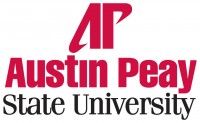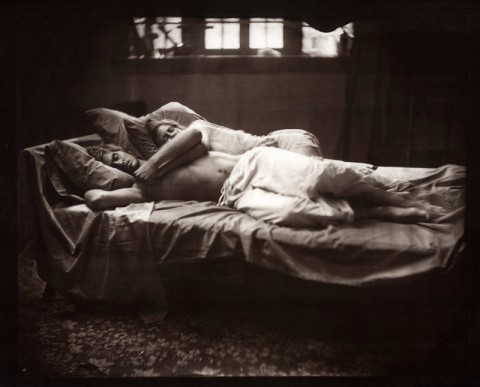 Clarksville, TN – The photographs in Frances Scully Osterman’s new exhibit, “Nature’s Second Course,” straddle the line between the macabre and the sensual.
Clarksville, TN – The photographs in Frances Scully Osterman’s new exhibit, “Nature’s Second Course,” straddle the line between the macabre and the sensual.
The images show people sleeping, but they were created using the antiquated wet-collodion photography process, giving the black and white photos a ghostly quality.

The exhibit, which feature 24 small and large scale photographs from Scully Osterman’s recent series “Beds” and “Sleep,” opens February 3rd at the Austin Peay State University Trahern Gallery and runs through March 7th.
A closing reception will take place from 5:00pm-7:00pm on March 4th, followed by a 7:00pm lecture by the artist in Trahern, room 401.
Scully Osterman is an artist-educator, a lecturer at the Scully & Osterman Studio and a guest scholar at the George Eastman House International Museum of Photography and Film in Rochester, NY. She is also a leading practitioner of the wet-collodion process, which can result in chocolate-toned prints on waxed salt paper.
“So, why use collodion?” she asked recently. “Everything about the negatives and prints is visual. I make my negatives from scratch, beginning with a plain sheet of glass. The resulting salt print in the ‘Sleep’ series is also coated by hand. Then I coat each with wax. Every part of the experience is visual. Making them is sensual and so are the results. As an artist, I find that very seductive.”
For more information on this exhibition, which is free and open to the public, contact Paul Collins, APSU assistant professor of art and gallery director, at collinsp@apsu.edu.


